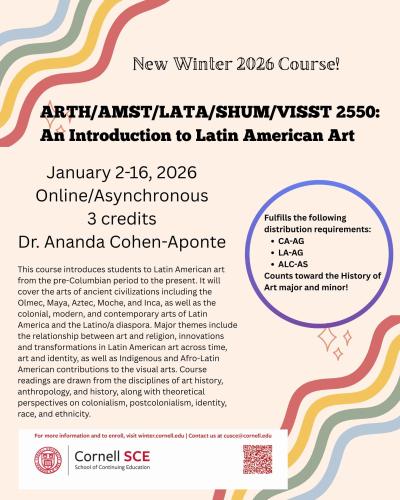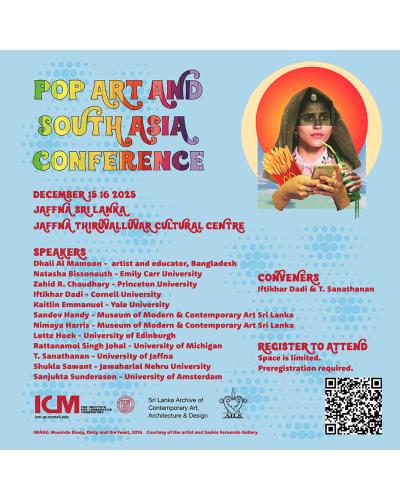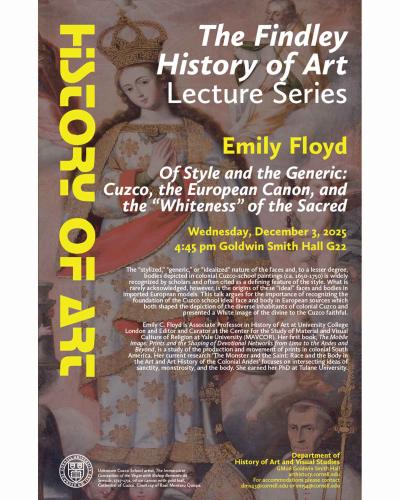COMMITTED TO MEMORY
THE ART OF THE SLAVE SHIP ICON | by Dr Cheryl Finley
In Conversation: Dr Cheryl Finley & Dr Nicola Cloete (HoD Art History, Wits)
With introductions by Prof Anthony Bogues
link to article
Friday 10 May 2019
18:00 for 18:30 | Click HERE to RSVP
The ROVING BANTU KITCHEN
125 Caroline Street, Brixton
www.rovingbantu.co.za
Join us at the Roving Bantu Kitchen for an evening of thoughtful discussion and good music as we celebrate VIAD RA Dr Cheryl Finley's remarkable new book, Committed to Memory. The Art of the Slave Ship Icon (Princeton University Press). Dr Nicola Cloete, HoD of Art History at Wits, will be in conversation with Dr Finley, discussing the book and its pertinence to histories of slavery in South Africa, and the multiple ways in which artists have sought to address and transform its violent legacies.
"The Roving Bantu Kitchen is NOT a restaurant. It is an eatery, a living museum, a Kultural base showcasing and exhibiting all that it is to be African, and South African, past and present'
BOOKS WILL BE AVAILABLE FOR SALE
REFRESHMENTS WILL BE SERVED
Photo credit: Gediyon Kifle
About the book...
How an eighteenth-century engraving of a slave ship became a cultural icon of black resistance, identity, and remembrance.
One of the most iconic images of slavery is a schematic wood engraving depicting the human cargo hold of a slave ship. First published by British abolitionists in 1788, it exposed this widespread commercial practice for what it really was - shocking, immoral, barbaric, unimaginable. Printed as handbills and broadsides, the image Cheryl Finley has termed the "slave ship icon" was easily reproduced, and by the end of the eighteenth century it was circulating by the tens of thousands around the Atlantic rim. Committed to Memory provides the first in-depth look at how this artifact of the fight against slavery became an enduring symbol of black resistance, identity, and remembrance.
Finley traces how the slave ship icon became a powerful tool in the hands of British and American abolitionists, and how its radical potential was rediscovered in the twentieth century by black artists, activists, writers, filmmakers, and curators. Finley offers provocative new insights into the works of Amiri Baraka, Romare Bearden, Betye Saar, and many others. She demonstrates how the icon was transformed into poetry, literature, visual art, sculpture, performance, and film - and became a medium through which diasporic Africans have reasserted their common identity and memorialized their ancestors.
Beautifully illustrated, Committed to Memory features works from around the world, taking readers from the United States and England to West Africa and the Caribbean. It shows how contemporary black artists and their allies have used this iconic eighteenth-century engraving to reflect on the trauma of slavery and come to terms with its legacy.
“Stimulating and insightful. Finley hones in on the cultural and political strategies that have animated and illustrated the impact of the Atlantic slave trade.”
— Deborah Willis, author of Posing Beauty: African American Images from the 1890s to the Present
"An original and brilliantly conceived account of how the horrors of the transatlantic trade in human cargo have been visualized in art and culture over more than two centuries. Finley has written a nuanced and provocative book that leaves an imprint on one's mind as indelible as the slave ship icon itself."
— Kellie Jones, author of EyeMinded: Living and Writing Contemporary Art
Dr Cheryl Finley | bio
Cheryl Finley is Associate Professor of Art History at Cornell University and a curator, contemporary art critic and frequent essayist. She is the author of Committed to Memory: the Art of the Slave Ship Icon (Princeton UP, 2018) and My Soul Has Grown Deep: Black Art from the American South (Yale University Press, 2018). A specialist in the art market and African diaspora art history, Dr. Finley’s current research examines the global art economy, focusing on the relationship among artists, museums, biennials and migration in the book project, Black Market: Inside the Art World. Beginning fall 2019, she will be the Inaugural Distinguished Visiting Director of the Atlanta University Center Collective for the Study of Art History and Curatorial Studies. Dr Finley joined VIAD as a Research Associate in 2018. View her extended bio here.
For more information, contact Nikita Keogotsitse
nikitak@uj.ac.za
011 559 1393





